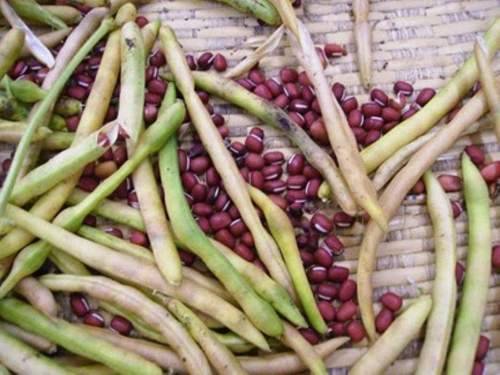
ADZUKI BEAN - 30 SEEDS
Check my rate
| Main centres: | 1-3 business days |
| Regional areas: | 3-4 business days |
| Remote areas: | 3-5 business days |

| Main centres: | 1-3 business days |
| Regional areas: | 3-4 business days |
| Remote areas: | 3-5 business days |
Adzuki is a Japanese bean vine that produces long pods with 6-8 small red beans inside. Harvest when pods have dried. Traditionally boiled and sweetened to make red bean paste for use in desserts. Adzuki beans can also be eaten as a pulse in savory dishes or sprouted.
Scientific Name: Vigna angularis
Adzuki Bean is an ancient plant, wild forms of the plant originate from and have been grown in Japan for over 6000 years. Unique cultivated varieties of Adzuki Bean were first developed at least 4000 years ago, which is also around the same time that the plant was first spread to mainland China and Korea.
Culinary Uses
Adzuki Beans are versatile, the beans can be boiled until they're soft and used in both savory and sweet dishes.
Adzuki Beans have a strong nutty flavour and are easier to digest than most other types of dried bean. Adzuki Beans are a nutrient powerhouse, they are a rich source of the Vitamins B1, B5 and B9, as well as the minerals Iron, Magnesium, Phosphorous, Potassium and Zinc. Uncooked Adzuki Beans can be sprouted and taste similar to mung bean sprouts.
Adzuki Bean vines takes between 16 and 18 weeks to begin producing good quantities of beans. Harvest Adzuki Bean pods once they turn fully yellow and allow them to dry out completely in a sheltered location before shelling the beans from the pods.